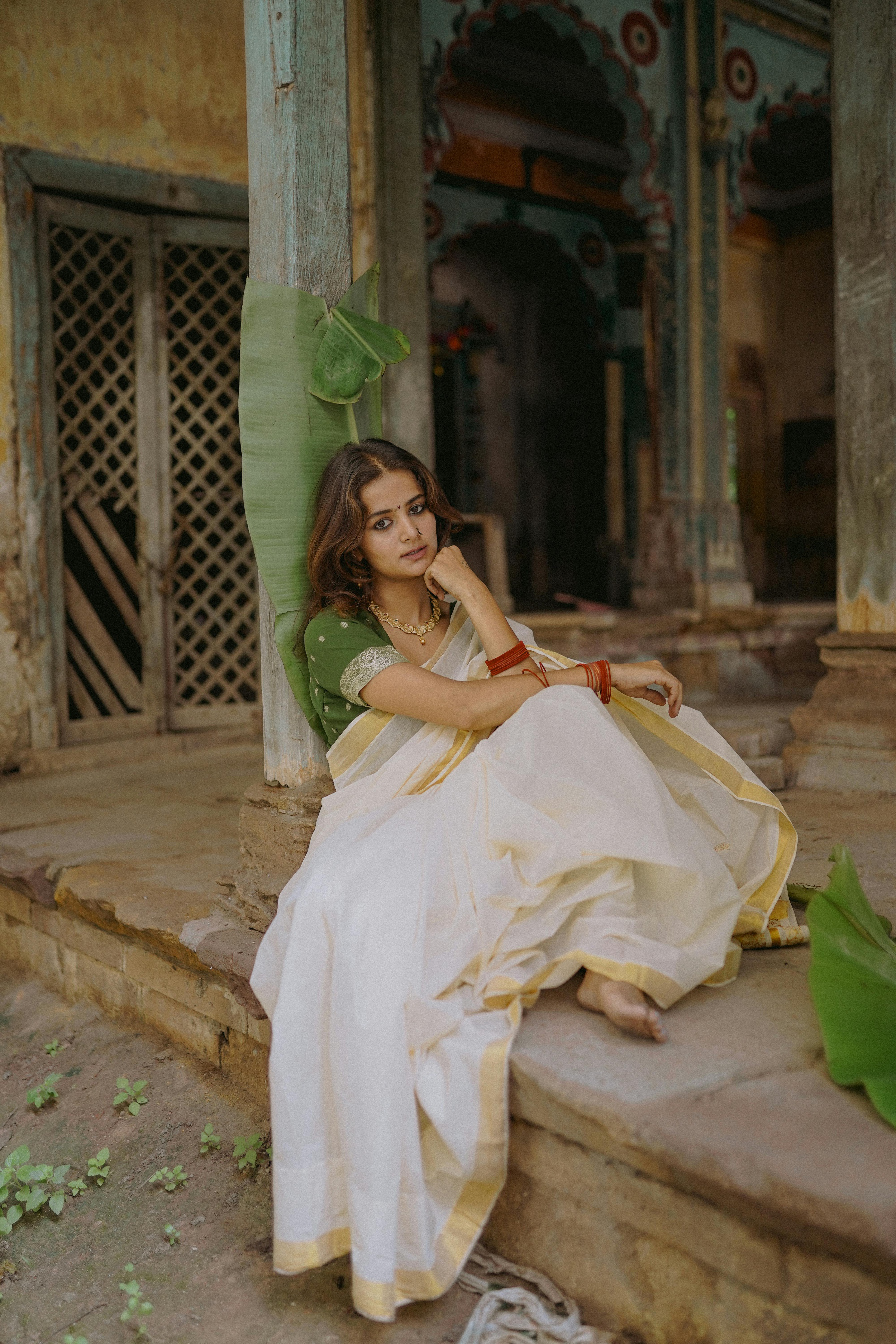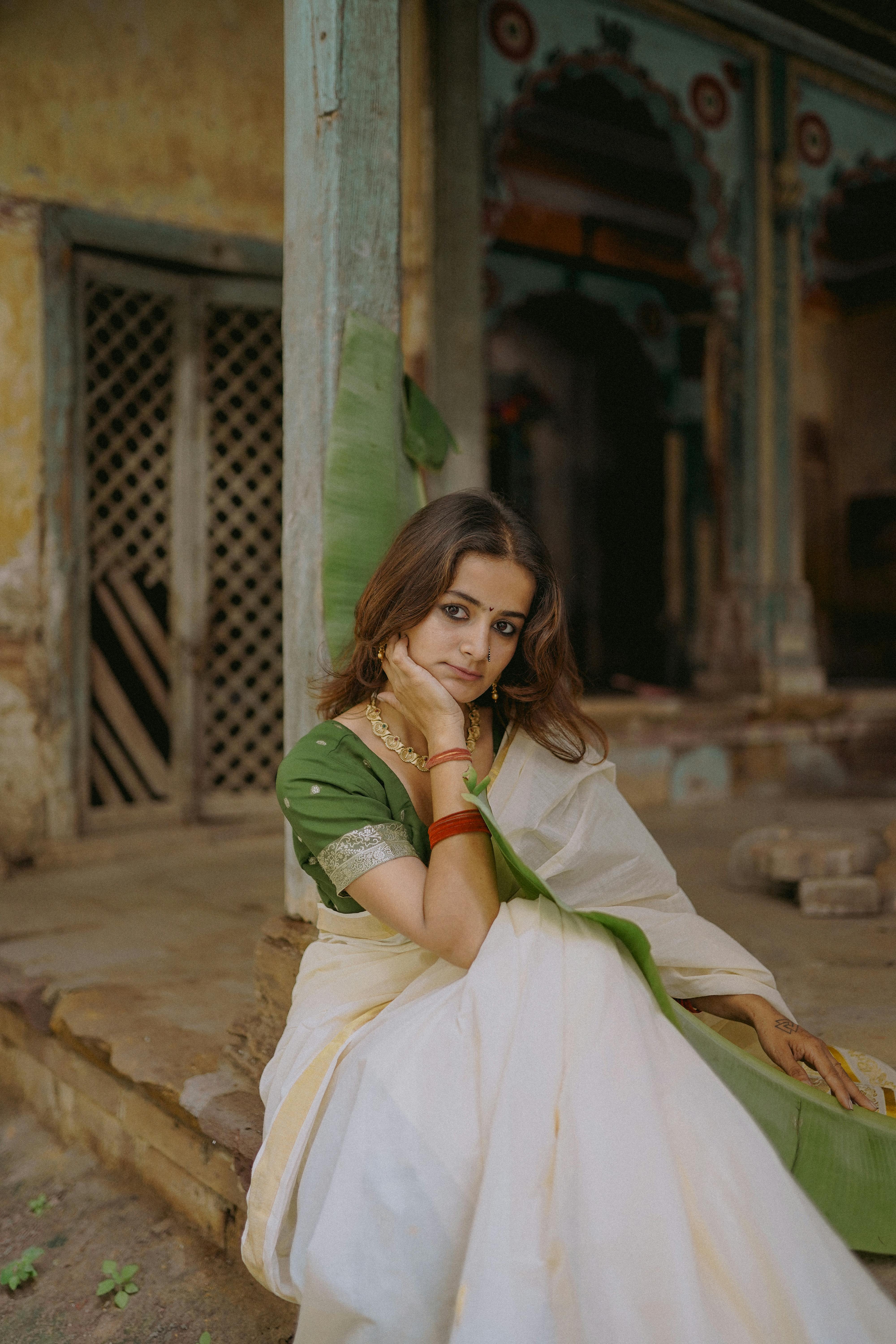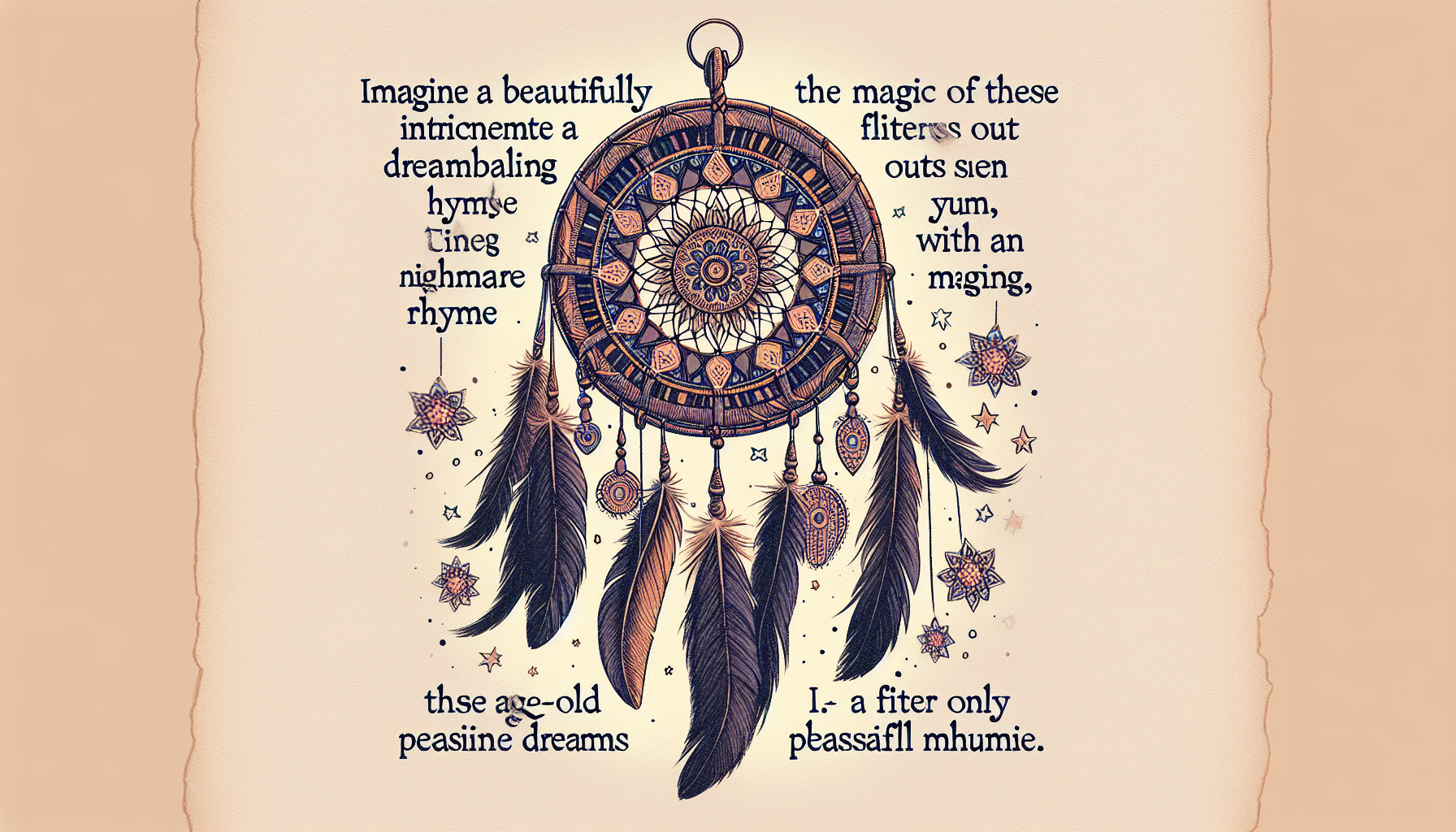In this article, we delve into the cultural significance of Indian lullabies and rhymes, exploring the linguistic and literary treasures that can be found in these age-old songs. Join us as we embark on a journey through India’s rich literary heritage, from the influence of Sanskrit to classical epics and contemporary authors. Get ready to discover the magic and beauty of Indian lullabies, as they continue to captivate and soothe generations of children, transcending time and cultural boundaries. Get ready to be transported into a world where words and melodies come together to create a tapestry of storytelling and nurturing love.

The History of Indian Lullabies and Rhymes
Ancient Origins of Lullabies in India
Indian lullabies have a rich and ancient history that dates back thousands of years. These soothing melodies were composed with the intention of calming and comforting infants, helping them fall asleep peacefully. The origins of Indian lullabies can be traced back to the Vedic period, where they were mentioned in the Sanskrit texts known as the Vedas. These sacred texts often included hymns and poems that were passed down through generations. Lullabies were an integral part of the daily life in ancient India, and they continue to hold significance in Indian culture to this day.
Evolution of Lullabies and Rhymes through the Centuries
Over the centuries, Indian lullabies and rhymes have evolved, reflecting the changing cultural and social dynamics of the region. The early lullabies were simple melodies accompanied by repetitive lyrics, designed to lull infants to sleep. However, as time progressed, the melodies became more complex, incorporating diverse musical elements and poetic variations. With the influence of different cultural and regional traditions, the melodies and rhythms of lullabies expanded, creating a diverse range of styles across the different regions of India.
Regional Variations in Indian Lullabies and Rhymes
India is a land of immense cultural diversity, and this diversity is beautifully reflected in the regional variations of lullabies and rhymes. Each region in India has its own distinct musical traditions and styles, resulting in a wide array of lullabies with unique melodies, lyrics, and rhythms. In North India, lullabies are often characterized by soothing and melodious tunes accompanied by traditional instruments such as the sitar and tabla. In contrast, lullabies from South India are known for their vibrant and rhythmic compositions, often incorporating classical Carnatic music elements. Lullabies from East and West India exhibit their own regional flavors, showcasing the rich cultural heritage of their respective states.
The Importance of Lullabies and Rhymes in Indian Culture
Role of Lullabies in Infants’ Development
Lullabies play a crucial role in the development of infants in Indian culture. The soothing melodies, combined with the repetitive and rhythmic nature of the rhymes, have a calming effect on babies, helping them relax and fall asleep. The gentle vibrations and predictable patterns of lullabies aid in regulating a baby’s heartbeat and breathing, promoting a sense of security and well-being. Additionally, exposure to different melodies and rhythms from a young age can stimulate an infant’s auditory senses and contribute to their overall cognitive development.
Lullabies as a Bonding Experience between Parents and Children
Lullabies provide a unique opportunity for bonding between parents and their children. Singing lullabies to a baby creates an intimate and nurturing environment, establishing a strong emotional connection between the parent and child. The act of singing lullabies not only helps parents soothe their little ones but also fosters a sense of love, comfort, and warmth. Furthermore, lullabies often hold personal memories and cultural significance, passing down from one generation to another and strengthening family ties.
Cultural and Religious Significance of Lullabies
Lullabies hold deep cultural and religious significance in Indian society. They are considered a way to introduce babies to the traditions, customs, and values of Indian culture right from birth. Many lullabies incorporate themes from Hindu mythology and folklore, narrating tales of gods, goddesses, and legendary characters. By singing these lullabies, parents impart cultural knowledge to their children and instill a sense of pride in their heritage. Lullabies are also used during religious ceremonies and auspicious occasions, further underscoring their importance in Indian culture.

Themes and Messages in Indian Lullabies and Rhymes
Nature and Environment
Indian lullabies often draw inspiration from the beauty of nature and the environment. These melodies celebrate the wonders of the natural world, incorporating imagery of blooming flowers, bubbling brooks, and rustling leaves. By doing so, lullabies foster a deep connection between infants and the natural world, encouraging them to appreciate and respect their surroundings from an early age. This emphasis on nature serves as a reminder of the need for ecological preservation and teaches children to cherish the Earth.
Morality and Virtues
Another prevalent theme in Indian lullabies is the promotion of morality and virtues. Through poignant lyrics and gentle tunes, these lullabies impart valuable life lessons and ethical values to children. Themes of honesty, kindness, courage, and respect are commonly found in the lyrics of lullabies, reinforcing the importance of these virtues in Indian society. By instilling these values from an early age, lullabies help shape the moral character of children and contribute to the development of a harmonious and compassionate society.
Cultural Identity and Heritage
Lullabies serve as a means of reinforcing cultural identity and preserving Indian heritage. Many lullabies are region-specific, reflecting the local language, traditions, and customs of a particular community. By singing these lullabies, parents not only pass on their cultural heritage to their children but also help them develop a strong sense of cultural identity. Lullabies become a reminder of one’s roots, connecting children to their ancestral traditions and contributing to the preservation of Indian cultural diversity.
Musical Elements in Indian Lullabies and Rhymes
Traditional Indian Musical Instruments in Lullabies
Indian lullabies are characterized by the use of traditional musical instruments that add a distinct flavor to the melodies. Instruments such as the sitar, tabla, veena, flute, and harmonium are commonly used in lullabies to create a soothing and melodious atmosphere. The gentle strumming of the sitar strings, the rhythmic beats of the tabla, and the rich resonance of the veena together form the backdrop of the lullabies, enhancing the overall musical experience.
Melodic Patterns and Rhythms
Melodic patterns and rhythmic structures vary across different regions in India and play a vital role in Indian lullabies. Lullabies from North India often feature slow and soothing melodies characterized by long, sustained notes, creating a serene atmosphere. In contrast, lullabies from South India exhibit intricate melodic patterns, with a combination of high and low pitched notes, giving them a more vibrant and energetic feel. The rhythmic patterns in lullabies help in creating a steady and comforting pulse, supporting the lyrical content and aiding in relaxation.
Influence of Classical Indian Music on Lullaby Composition
Classical Indian music has had a significant influence on the composition of lullabies in India. Ragas, the melodic frameworks in classical music, have been employed in lullabies to evoke specific moods and emotions. Different ragas are believed to have distinct effects on the mind, and choosing the appropriate raga for a lullaby is believed to enhance its calming and therapeutic qualities. This incorporation of classical music elements in lullabies adds depth and complexity to the melodies, making them not only soothing but also aesthetically pleasing.

Regional Variations in Indian Lullabies and Rhymes
Lullabies from North India
In North India, lullabies are often characterized by lilting melodies and soulful lyrics. The influence of Hindustani classical music can be felt in these lullabies, with the use of ragas and intricate melodic patterns. Instruments like the sitar and tabla are commonly used, creating a harmonious blend of sounds. The lyrics of North Indian lullabies often revolve around themes of love, motherhood, and family bonds, reflecting the emotional depth and richness of the region.
Lullabies from South India
Lullabies from South India are known for their lively and rhythmic compositions. These lullabies incorporate elements of classical Carnatic music, with complex melodic patterns and intricate rhythmic structures. The lyrics often narrate stories from Hindu mythology and folklore, adding a cultural and religious dimension to the lullabies. Instruments such as the veena and flute are commonly used, infusing the melodies with a distinct South Indian flavor.
Lullabies from East India
Lullabies from East India are characterized by their simplicity and poetic beauty. These melodies are often accompanied by soft percussion instruments like the dholak and mridangam. The lyrics of East Indian lullabies commonly reflect the region’s rural life, depicting scenes from the everyday lives of the people. The lullabies often contain elements of storytelling, creating a vivid and imaginative experience for the child.
Lullabies from West India
Lullabies from West India are known for their rustic charm and rhythmic compositions. These melodies are often influenced by the folk traditions of the region, incorporating elements of folk music and dance. The lyrics of West Indian lullabies are often sung in the local languages, capturing the essence of the region’s cultural diversity. Instruments like the harmonium and dholak are commonly used, creating a lively and vibrant musical atmosphere.
Lullabies and Rhymes as Oral Tradition in India
Passing Down Lullabies through Generations
Lullabies have been passed down through generations in India, forming an integral part of the oral tradition. From mother to daughter, grandmother to grandchild, these melodies have been treasured and preserved over time. The act of passing down lullabies ensures the continuity of cultural heritage and strengthens family bonds. The familiar tunes evoke memories and create a sense of belonging, connecting individuals to their ancestors and the traditions of their land.
Role of Grandparents in Preserving Lullabies
Grandparents play a crucial role in preserving lullabies in Indian culture. As keepers of traditional knowledge, they hold a treasure trove of lullabies that have been handed down through the generations. The elderly members of the family often take on the responsibility of teaching these lullabies to the younger ones, ensuring that the oral tradition is upheld. Their knowledge and expertise in singing lullabies add authenticity and cultural richness to the experience, making it a truly intergenerational and communal affair.
Importance of Oral Tradition in Indian Society
The oral tradition of lullabies holds immense importance in Indian society. These melodies have not only survived the test of time but also act as a bridge connecting different generations. The oral transmission of lullabies ensures that the traditional knowledge, cultural values, and linguistic nuances tied to these melodies are preserved in their truest form. Moreover, the act of singing lullabies together strengthens the sense of community and fosters a collective identity, reinforcing the bonds that hold Indian society together.
Influence of Lullabies and Rhymes on Other Art Forms
Influence on Indian Poetry and Literature
Lullabies have had a profound influence on Indian poetry and literature. The lyrical and rhythmic qualities of lullabies have inspired poets and authors to incorporate similar elements in their works. Many famous poets and authors have drawn inspiration from lullabies, infusing their poems and stories with the same tender and soothing tones. The themes found in lullabies, such as love, nature, and morality, continue to resonate in Indian literature, creating a harmonious blend between the oral tradition of lullabies and the written word.
Lullabies in Indian Film Music
Indian film music has embraced lullabies as an essential genre, often featuring them in movies. Lullabies in Indian cinema evoke a range of emotions, serving as a form of storytelling and expressing the deep bond between parent and child. These lullabies not only contribute to the narrative of the film but also provide a sense of nostalgia and cultural familiarity to the audience. The melodies and lyrics often become popularized through films, further cementing their place in Indian popular culture.
Lullabies in Traditional Indian Dance Forms
Lullabies have found a natural home in traditional Indian dance forms. With their melodic patterns and rhythmic structures, lullabies provide a perfect backdrop for expressive movements and gestures. Dancers often incorporate lullabies into their performances, bringing to life the emotions and narratives portrayed in the melodies. Traditional dance forms such as Bharatanatyam, Kathak, and Odissi have embraced lullabies as a form of storytelling, using them to convey the depth of human emotions and cultural experiences.
Preservation and Revival of Indian Lullabies and Rhymes
Efforts to Record and Document Traditional Lullabies
In recent years, there has been a concerted effort to record and document traditional Indian lullabies. Organizations and individuals have recognized the importance of preserving these melodies for future generations. Through audio and video recordings, these lullabies are being archived and made accessible to a wider audience. These efforts not only ensure the longevity of lullabies but also contribute to the preservation and promotion of Indian cultural heritage.
Integration of Lullabies in Early Childhood Education
Lullabies have gained recognition for their educational benefits, leading to their integration into early childhood education programs in India. Schools and educational institutions now incorporate lullabies into their curriculum, recognizing the positive impact they have on a child’s development. By introducing lullabies at a young age, children are exposed to the cultural and musical diversity of India, fostering a sense of appreciation and understanding of their own heritage and that of others.
Modern Adaptations and Innovations of Lullabies
While traditional lullabies continue to be cherished, there has also been an emergence of modern adaptations and innovations in Indian lullabies. Musicians and composers are exploring new genres, blending traditional elements with contemporary music styles. These adaptations aim to make lullabies more relatable to the younger generation while still maintaining their cultural essence. The infusion of modern elements ensures that the tradition of lullabies remains relevant and evolves with the changing times.
Impact of Globalization on Indian Lullabies and Rhymes
Introduction of Western Lullabies in Indian Culture
The process of globalization has allowed for the introduction of Western lullabies into Indian culture. As Indian society becomes more interconnected with the world, lullabies from other cultures are finding their way into Indian households. While these Western lullabies may provide a fresh perspective and broaden the musical horizons of Indian children, it is crucial to strike a balance between embracing new influences and preserving the rich traditions of Indian lullabies.
Challenges and Opportunities in Preserving Traditional Lullabies
The preservation of traditional lullabies faces challenges in the wake of globalization. As Indian society becomes more modernized, there is a risk of traditional lullabies being overshadowed by popular music genres. Additionally, the oral tradition of passing down lullabies is gradually being replaced by digital media and mass-produced music. However, with the right initiatives and awareness, there are opportunities to preserve traditional lullabies. Efforts such as cultural festivals, community events, and educational programs can create platforms to showcase and celebrate the richness of Indian lullabies.
Commodification and Commercialization of Lullabies
The commercialization of lullabies is another result of globalization that poses both benefits and challenges. On one hand, commercialization can lead to greater exposure and popularity of lullabies, reaching a wider audience. On the other hand, there is a risk of lullabies losing their authenticity and cultural significance when they are transformed into marketable products. It is essential to strike a balance between commercial viability and maintaining the integrity and cultural roots of Indian lullabies.
Conclusion
Indian lullabies and rhymes hold immense cultural significance, acting as a bridge between generations and reflecting the rich heritage of India. From ancient origins to regional variations, these melodies have evolved and adapted over time, preserving cultural traditions and imparting valuable life lessons. The importance of lullabies in infant development, their role in family bonding, and their cultural and religious significance cannot be overstated. As Indian society grapples with the challenges and opportunities presented by globalization, it becomes vital to preserve and appreciate the cultural significance of lullabies, ensuring that these soothing melodies continue to be cherished for generations to come.
